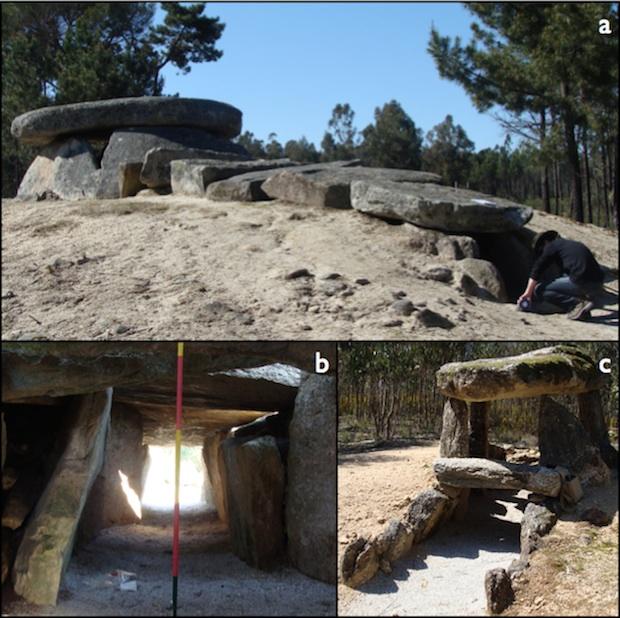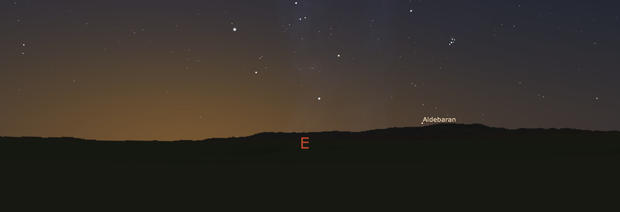6,000-year-old tomb may have been used as prehistoric telescope
A team of British astronomers might have discovered new insights into how prehistoric humans gazed up at the stars. The researchers are studying what could be the first-ever telescope used by people some 6,000 years ago.
A series of long entrance passageways that lead into megalithic, or stone, tombs may have enhanced what these early communities could see shining up in the nighttime sky, according to a release from the Royal Astronomical Society.
The researchers are looking to so-called "passage graves," which are made up of narrow entrances that lead to a chamber of large interlocking stones. These were sacred spaces, possibly used for various rites of passage, with those being initiated spending the night in the tomb that remained dark except for the natural light filtering down passageways from the night's sky. It is thought that these passageways could have doubled as prototypical telescopes.
"It is quite a surprise that no one has thoroughly investigated how, for example, the color of the night sky impacts on what can be seen with the naked eye," Nottingham Trent University student Kieran Simcox said in a statement. Simcox presented the team's findings Wednesday at the 2016 National Astronomy Meeting.
The researchers are focusing on the 6,000-year-old Seven-Stone Antas grave in Portugal, specifically.
"The orientations of the tombs may be in alignment with Aldebran, the brightest star in the constellation of Taurus," Fabio Silva, of the University of Wales Trinity Saint David, said in the release. "To accurately time the first appearance of this star in the season, it is vital to be able to detect stars during twilight."
Of course, this is all still speculative. But the astronomers say that the first annual sighting of a specific star might have been used as seasonal marker, giving prehistoric people a signal for when they should migrate to summer grazing areas. The team hypothesizes that this knowledge could have been gleaned from spending a night in the ancient tomb, surrounded by the remains of a community's ancestors, with the light of the night sky streaming down through the passageways.


